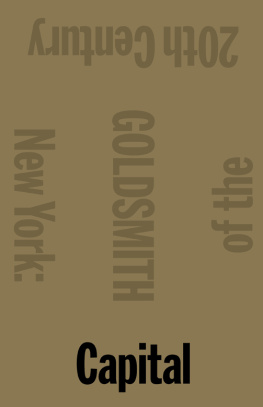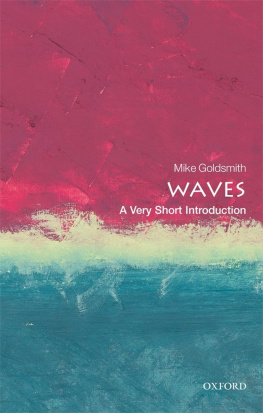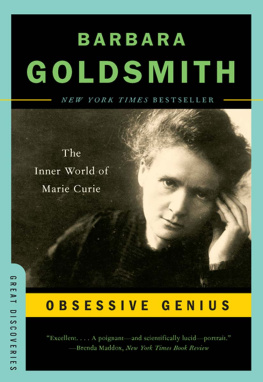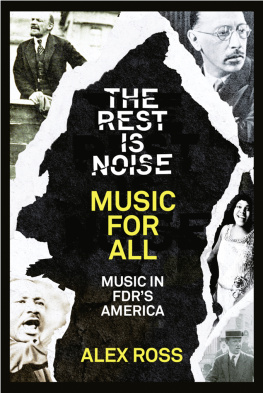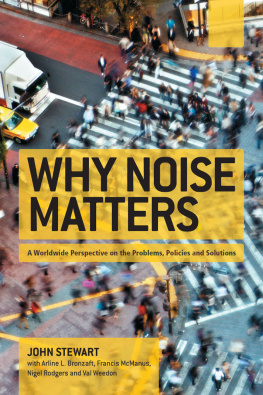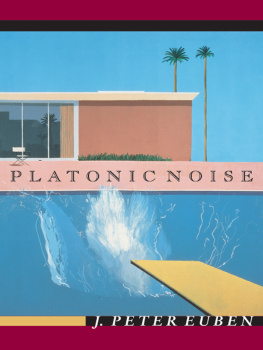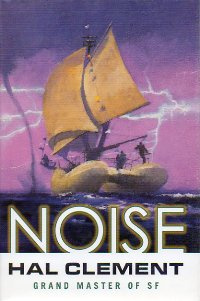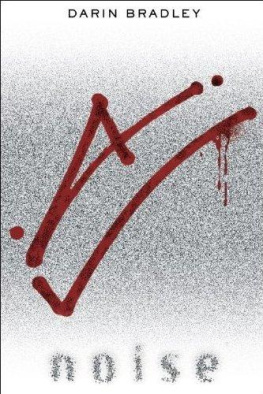DISCORD
DISCORD
THE STORY OF NOISE
MIKE GOLDSMITH


Great Clarendon Street, Oxford, OX 2 6 DP ,
United Kingdom
Oxford University Press is a department of the University of Oxford.
It furthers the Universitys objective of excellence in research, scholarship, and education by publishing worldwide. Oxford is a registered trade mark of Oxford University Press in the UK and in certain other countries
Mike Goldsmith 2012
The moral rights of the author have been asserted
First Edition published in 2012
Impression: 1
All rights reserved. No part of this publication may be reproduced, stored in a retrieval system, or transmitted, in any form or by any means, without the prior permission in writing of Oxford University Press, or as expressly permitted by law, by licence or under terms agreed with the appropriate reprographics rights organization. Enquiries concerning reproduction outside the scope of the above should be sent to the Rights Department, Oxford University Press, at the
address above
You must not circulate this work in any other form
and you must impose this same condition on any acquirer
British Library Cataloguing in Publication Data
Data available
Library of Congress Cataloging in Publication Data
Data available
ISBN 9780199600687
Printed in Great Britain by
Clays Ltd, St Ives Plc
To the staff of the Acoustics Group,
National Physical Laboratory
ACKNOWLEDGEMENTS
I wish to thank the following for the very useful information they were so generous as to provide:
James P. Allen, Wilbur Professor of Egyptology at Brown University, for information on ancient Egyptian records, and for the translation cited on p. 21;
Dr Richard Barham, National Physical Laboratory, for information on recent environmental noise reduction projects;
Bernard Berry, BEL Acoustics, for material on the history of the National Physical Laboratory;
Alan Bloomfield, for information about EU noise projects;
Professor Philip Dickenson, Massey University, New Zealand, for information about US airbases and their responses to noise problems in the 1940s;
Chris Clark, Head of Digital Research at the British Library, for information about 1940s London soundscapes;
Professor Ed Greitzer, MIT, USA, for information about the Silent Aircraft Initiative;
Chris Hanson-Abbott, founder chairman of Brigade Electronics plc and inventor of the white sound vehicle movement alarm, for material on p. 266;
Mark Hodnett, National Physical Laboratory, for information about the biological effects of ultrasound;
Dr James Hileman, MIT, USA, for information about the Silent Aircraft Initiative;
Paul D. Jepson, BVMS, Ph.D. DipECZM (Wildlife Population Health), MRCVS, European Veterinary Specialist in Wildlife Population ;
Mark Jiggins, Hoare Lea Acoustics, for guidance about wind farms;
Garret Keitzer, for information about early medical accounts of noise;
Lisa Lavia, Managing Director, Noise Abatement Society, for material about John Connell, including Figs 34, 35, and 36 (Courtesy of the Noise Abatement Society, a registered charity in the United Kingdom. Established in 1959, the Societys remit is to help find solutions to noise pollution problems which it does through working with diverse stakeholders to find innovative, practical and holistic solutions. The Societys founder, John Connell OBE, lobbied the Noise Abatement Act through parliament in 1960 making noise a statutory nuisance in the UK for the first time);
Gianluca Memola, National Physical Laboratory, for information and discussion about EU research projects;
Richard Payne, for information about FSN;
Stephen Robinson, National Physical Laboratory, for material and advice concerning underwater noise;
Adam Shaw, National Physical Laboratory, for information about new medical uses of ultrasound.
CONTENTS
ANASE | Attitudes to Noise from Aviation Sources in England |
ARL | Admiralty Research Laboratory |
ASA | Acoustical Society of America |
ATOC | Acoustical Thermometry of Ocean Climate |
CNR | Composite Noise Rating |
dB | decibel |
dBA | A-weighted decibel |
EEC | European Economic Community |
END | European Noise Directive |
EPA | Environmental Protection Agency |
EU | European Union |
FAA | Federal Aviation Administration |
GES | Good Environmental Status |
HIFU | High Intensity Focused Ultrasound |
IPPC | Integrated Pollution Prevention and Control |
Hz | hertz |
kHz | kilohertz |
Lden | a weighted 24-hour average of the noise levels during the day, evening, and night |
LFA | Low Frequency Activated Sonar |
LRAD | Long Range Acoustic Device |
MEDUSA | Mob Excess Deterrent Using Silent Audio |
MEMS | MicroElectroMechanical Systems |
MIT | Massachusetts Institute of Technology |
MMO | marine monitoring officer |
MRI | Magnetic Resonance Imaging |
NAS | Noise Abatement Society |
NCA | Noise Control Act |
NEPA | National Environmental Policy Act |
NNI | Noise and Number Index |
NPL | National Physical Laboratory (UK) |
NRDC | Natural Resources Defense Council |
PNdB | perceived noise level in decibels |
PSYOP | Psychological Operations |
RNID | Royal National Institute for Deaf People |
SOFAR | SOund Fixing And Ranging |
SONAR | Sound Navigation and Ranging |
WHO | World Health Organization |
Why are you writing a book about the history of NOISE?, people asked. And what is noise anyway?, they didnt add. But perhaps they should have. Noise is not quite as simple as it sounds, as we shall soon discover. But first: why a noise book? Because noise is more relevant todayand will be more relevant tomorrowthan ever before, thanks in part to the growth of its sources and in part to the more concerted efforts of governments to quash it. Not that quashing is always relevant: noise is by no means always bad.
Probably what most people mean when they use the word is unwanted soundand indeed this definition of noise has been in common use since the Middle Ages, or perhaps even earlier. But unwanted sound is hardly a definition likely to satisfy a philosopher or a lawyer: is


